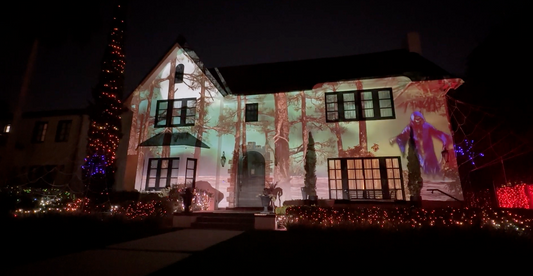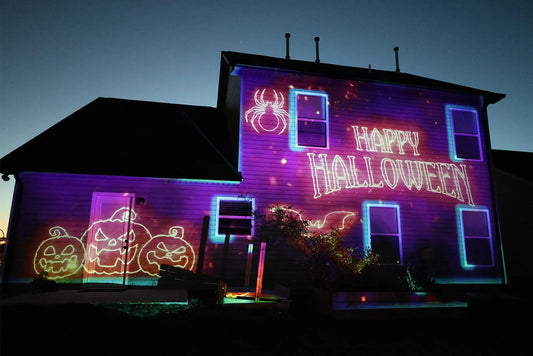Projection mapping has revolutionized the theater and performing arts industry by offering new and innovative ways to tell stories and create immersive experiences for audiences. By projecting themed and immersive images onto stage sets, actors, and props, projection mapping can create a new dimension of storytelling that engages the senses and transports audiences to new and exciting worlds. In this blog, we will explore how projection mapping is transforming theater and performing arts.
What is Projection Mapping in Theater and Performing Arts?
Projection mapping in theater and performing arts involves the use of specialized software and hardware to project images and videos onto stage sets, actors, and props. This technology can be used to create a range of effects, from enhancing the visual appeal of a production to creating a fully immersive environment for audiences.
Enhancing Theater and Performing Arts with Projection Mapping
Projection mapping can enhance theater and performing arts productions in a number of ways. For example, projection mapping can be used to create dynamic backdrops that change with the scene, creating a sense of movement and energy. It can also be used to highlight key elements of the production, such as props or costumes, by projecting images or videos onto them.
One example of projection mapping used in theater is the Broadway production of "American Idiot". The production used projection mapping to create a dynamic and immersive environment that enhanced the storytelling and performance. By projecting images and videos onto the stage sets and actors, the production created a sense of movement and energy that engaged audiences and brought the story to life.
Projection mapping can also be used to create fully immersive environments for audiences. For example, the Australian theater company, The Danger Ensemble, used projection mapping in their production of "Ibsen's Ghosts". The production created a fully immersive environment by projecting images and videos onto the walls and ceiling of the theater, creating a sense of being inside the story and the character's minds.
Benefits of Projection Mapping in Theater and Performing Arts
Using projection mapping in theater and performing arts offers a range of benefits for designers, directors, and performers. Some of the key benefits include:
- Enhancing the visual appeal and creativity of productions
- Creating a new dimension of storytelling that engages the senses
- Increasing audience engagement and immersion
- Enabling more creative expression and experimentation in design and direction
- Providing a unique and memorable experience for audiences
Conclusion
Projection mapping has transformed the theater and performing arts industry by offering new and innovative ways to tell stories and create immersive experiences for audiences. By projecting dynamic and interactive images onto stage sets, actors, and props, projection mapping can create a new dimension of storytelling that engages the senses and transports audiences to new and exciting worlds. With its ability to enhance creativity and engagement, projection mapping is sure to continue to be a popular and effective tool for theater and performing arts.



